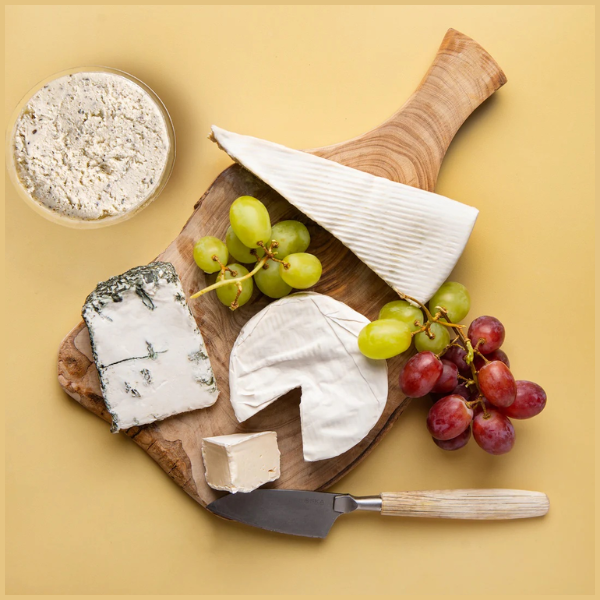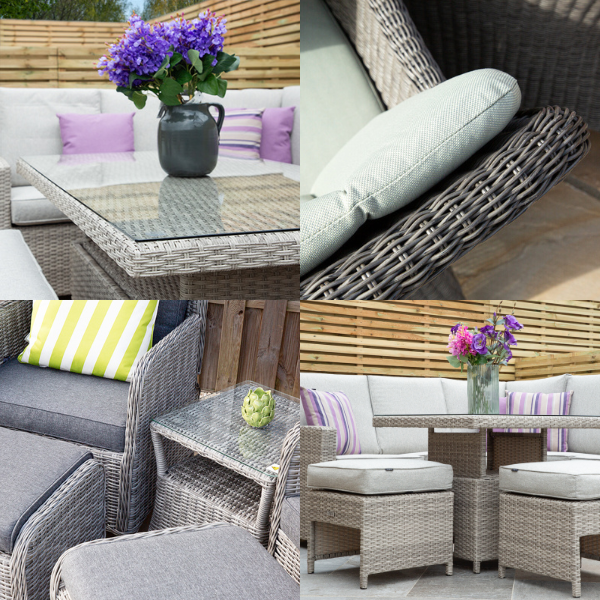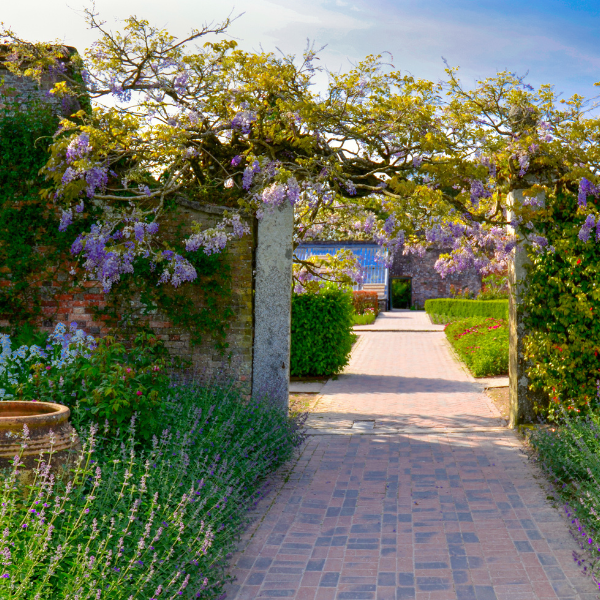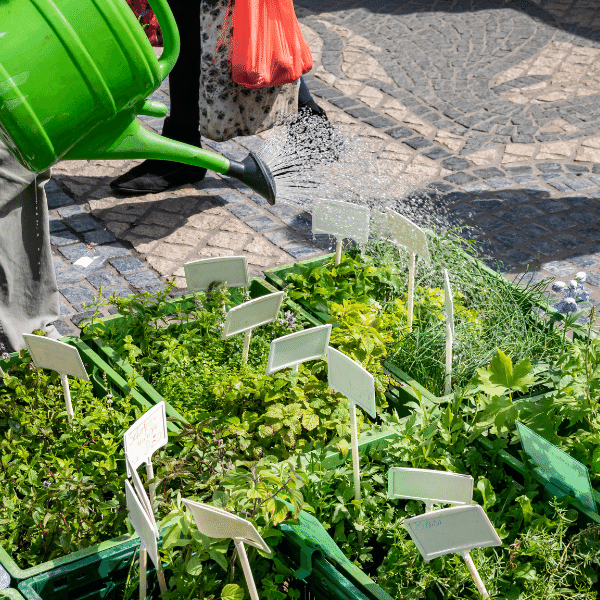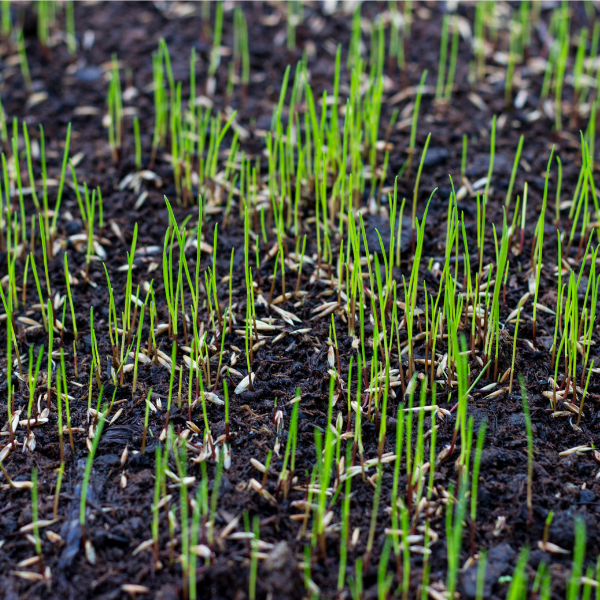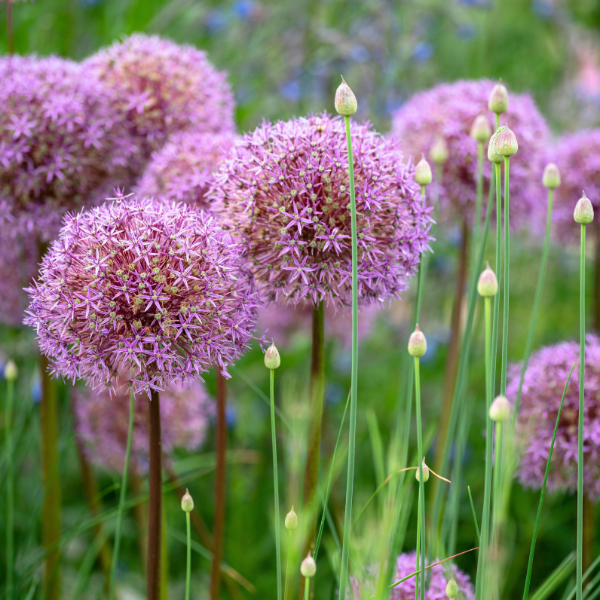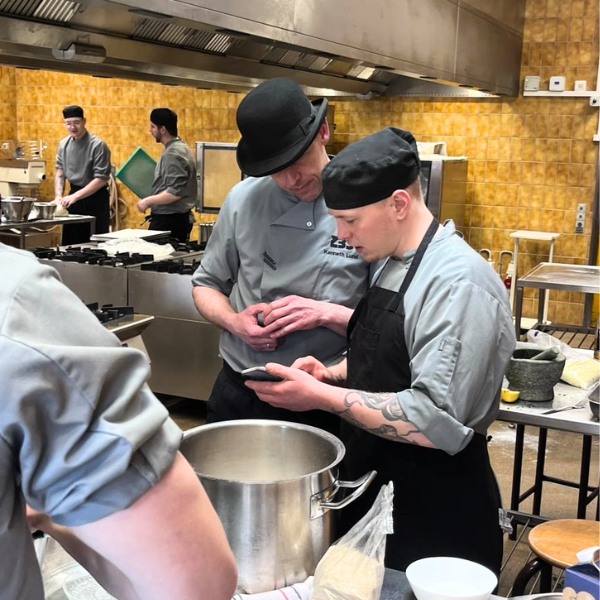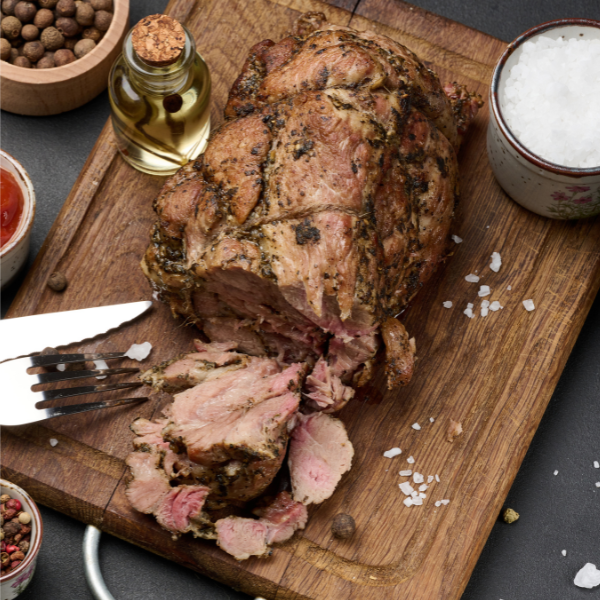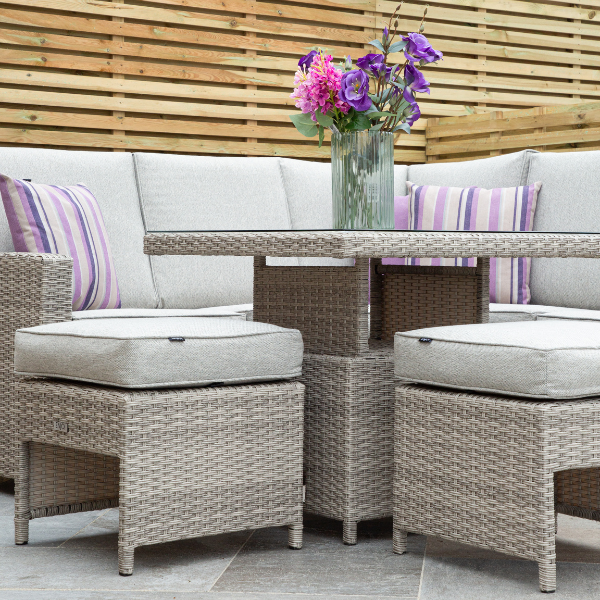Attracting Pollinators Into Your Garden
Throughout the year and especially in the spring-summer months, Chessington Garden Centre welcome in a variety of pollinators, just like your garden at home will do. The rich diversity of plants and flowers found in these green spaces are some of the best habitats for pollinators, however there is always space to encourage more.
Planting and growing nectar and pollen-rich flowers in your garden are the best ways to attract bees and other pollinators. Creating suitable nest sites in your garden is another brilliant way to provide for them.
By moving from flower to flower, bees collect nectar and pollen, which they use as food for themselves and their larvae. They are vital pollinators of many garden and wild flowers. Insect pollination can also be carried out by flies, wasps, beetles, butterflies and moths. The pollination of flowers is essential for the cropping of most fruit and some vegetables.
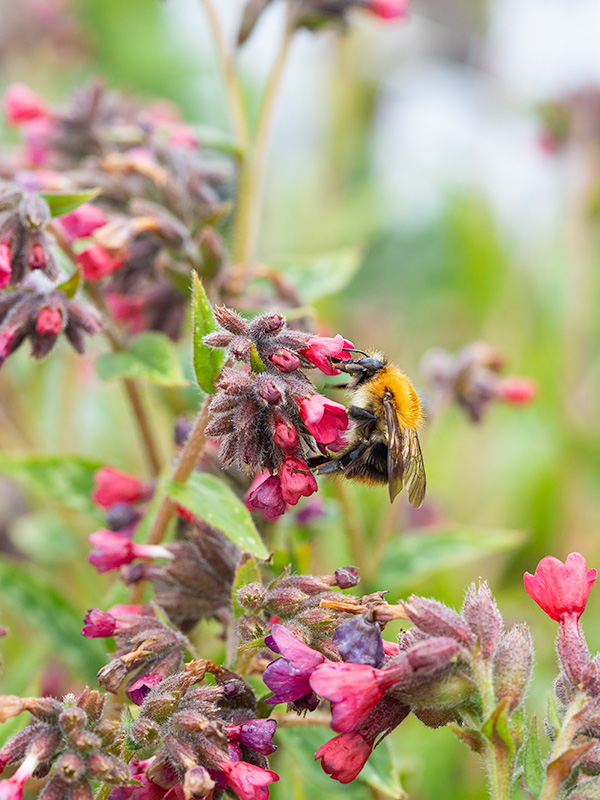
Bees
There are over 270 species of bees in Britain that feed largely on nectar and pollen. British bees can generally be divided into three groups; bumblebees, honeybees and solitary bees. Although there are thousands of pollinating insects in Britain, the bee is by far the most apparent and familiar.
The life of a Bumblebee
Most species have queens that burrow into the soil to overwinter. They emerge again on sunny days in spring where they search for suitable nest sites, often these are tunnels dug by mice or other rodents.
The queen sets about raising her first brood of larvae in early spring, and once these become adultworker bumblebees, they take over the nectar and pollen gathering duties, leaving the queen to remain in the nest and continue laying eggs.
In mid to late summer, male bumblebees and next years queens are produced and by late summer, bumblebee nests are in decline with the old queen, males and workers all dying.
Interesting Facts
- There are 8 types of bumblebees that can be found in gardens
- During the winter months you may come across overwintering queen bumblebees that are uncovered, in which case try not to cause further disturbance and cover the bee back over
- In southen areas of England, particualary urban areas, where the climate tends to be warmer, the buff-tailed bumblebee can have active nests all year round
Gardening Advice
Don’t use pesticides
Most pesticides are not selective, meaning they are toxic and will kill off anything that touches it. This means you will kill off the beneficial bugs as well as the pests. If you must use a pesticide, start with a very low toxicity one and follow the instructions labelled.
Native Plants
Research shows that native plants are more attractive to native bees over exotic flowers. Because they are native, they are already well adapted to surrounding growing conditions and can thrive with little attention. In gardens, heirloom varieties of herbs and perennials can also provide good foraging.
Have a variety
Bees have a very good colour vision, so good that they can see colour five times faster than humans. Flower colours that particularly attract bees are blue, purple, white and yellow. Including different shapes of flowers is also key. Bees come in different shapes and sizes and they all have different tongue lengths, meaning they will feed on different flowers. By providing a range of flower shapes and sizes, means more bees will benefit.
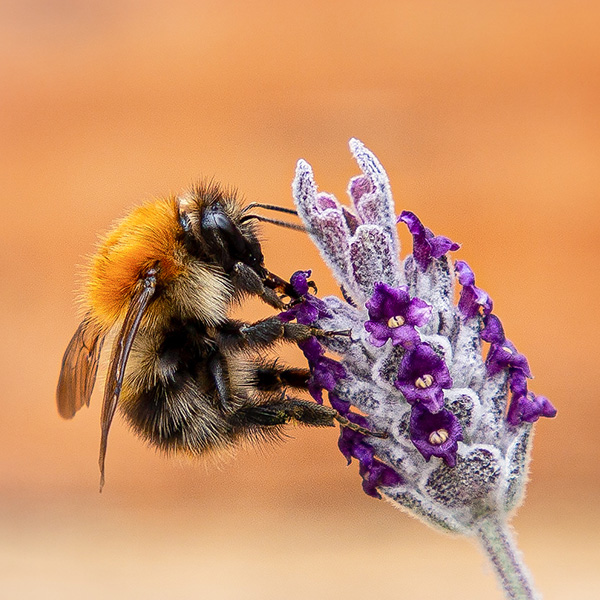
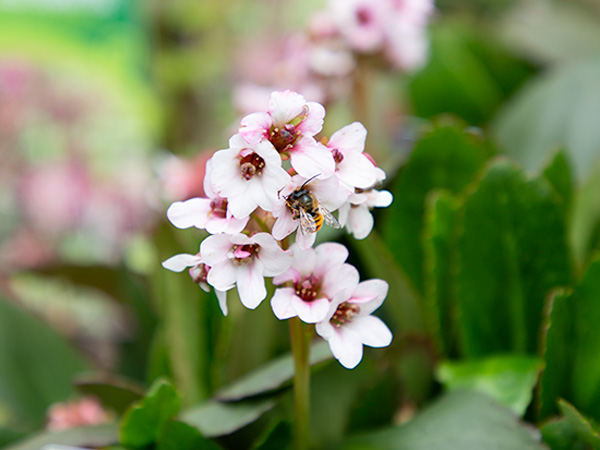
Change conventional gardening habits
Last month a lot of people took part in Plantlife’s annual campaign ‘No Mow May’. This campaign calls for all garden owners and green space managers not to mow during the month of May, in order to liberate your lawns and provide a space for nature. June if officially the start of summer and it is a great month for going native. The warmer and longer days during this month encourages gardens to have a burst of growth. Filling your garden with as many native plants as possible will attract other pollinators such as birds and butterflies, which alongside bees, need all the help they can get as numbers of them are declining across the country.
Plant a tree
If you have space, why not plant a tree? It is proven that gardens with trees attract much more wildlife than those without and this is because they provide food and shelter. Trees can also provide additional benefits like shade and reduced noise pollution too. Trees help to improve soils and prevent flooding.
- Almost 90% of wild plants and 75% of leading global crops depend on animal pollination.
- One out of every three mouthfuls of our food depends on pollinators such as bees.
- Crops that depend on pollination are five times more valuable than those that do not.
Put simply, we cannot live without bees and by following this simple guide we can continue to host a safe and suitable environment for bees, as well as other pollinators such as birds and butterflies.
Happy gardening!

 2,768 REVIEWS
2,768 REVIEWS